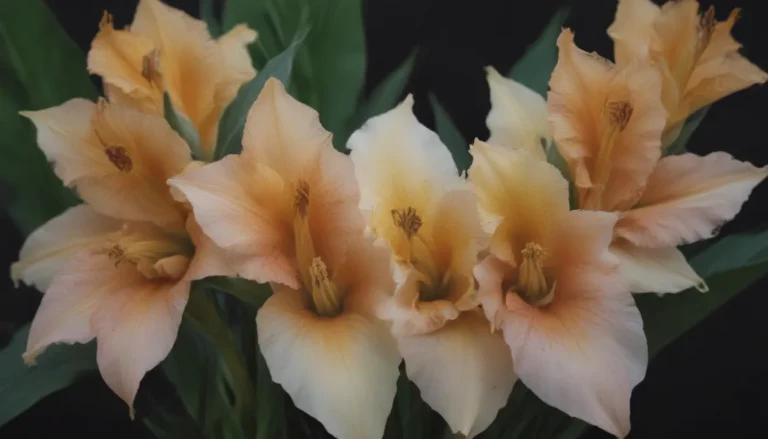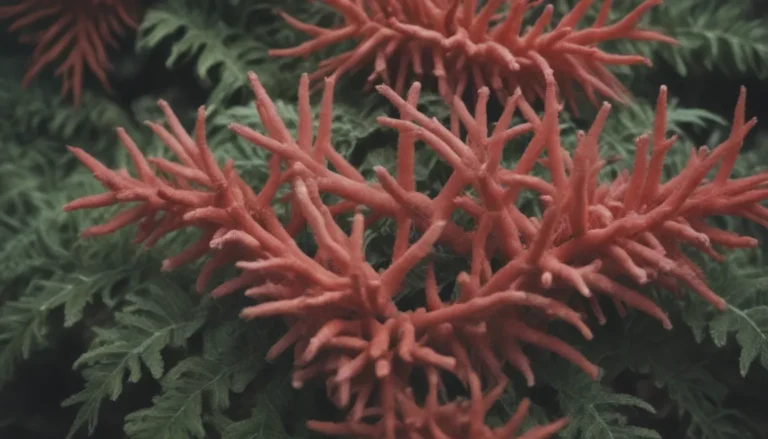Growing and Caring for Persian Silk Trees: An In-Depth Guide

Welcome to our comprehensive guide on how to grow and care for Persian silk trees (Albizia julibrissin). These beautiful trees are known for their fern-like leaves and exotic-looking flowers, but they can be a bit messy due to dropping seed pods in the fall. Despite their maintenance requirements, Persian silk trees can be a stunning addition to any garden or landscape. In this article, we will walk you through everything you need to know to successfully cultivate and nurture these unique trees.
Introduction to Persian Silk Trees
Persian silk trees are fast-growing plants that can reach heights of up to 30 feet in just a few years. They thrive in warm climates and are adaptable to a wide range of soil and moisture conditions. However, it’s essential to note that some parts of the silk tree may be toxic to animals, so caution is advised when planting them in areas frequented by pets or livestock.
Persian Silk Tree Care
Once established, Persian silk trees are relatively low-maintenance and require minimal care. Here are some key care requirements to ensure your tree thrives:
- Light: Persian silk trees prefer full sunlight to promote lush foliage and abundant flowering. While they can tolerate partial shade, they are generally intolerant of heavy shade.
- Soil: These trees can adapt to various soil conditions, including poor-quality soils. Their nitrogen-fixing properties enable them to thrive where other plants struggle.
- Water: Newly planted trees should be watered thoroughly on a weekly basis until their roots are established. After the first year, supplemental watering is typically not necessary.
- Temperature and Humidity: Persian silk trees thrive in warm climates but are also tolerant of lower temperatures. Young trees, however, may be vulnerable to frost.
- Fertilizer: Due to their rapid growth, Persian silk trees usually do not require additional feeding. Adding compost around the base of the tree can help replenish nutrients.
Types of Persian Silk Trees
There are several cultivars of the Persian silk tree available, each with its unique characteristics. Some popular varieties include:
– ‘Ernest Wilson’
– ‘Rosea’
– ‘Alba’
– ‘Summer chocolate’
Pruning and Propagation
Pruning is essential for maintaining the shape and health of Persian silk trees. It is best done in the fall or winter during the tree’s dormant period. Here are some tips for pruning:
– Trim the top of the tree to a flat shape and prune back branches to five or six buds.
– Remove dead, diseased, or weak limbs at any time of the year.
Propagating Persian Silk Trees
These trees can easily be propagated from seeds or cuttings. To propagate from cuttings, follow these steps:
1. Take a cutting from a healthy tree.
2. Plant the cutting in well-draining soil and keep it consistently moist until roots develop.
Growing Persian Silk Trees From Seeds
Persian silk trees produce seeds that can be collected in the fall and stored until spring. To grow a tree from seeds:
– Plant the seeds in well-draining soil and keep them moist until they germinate.
– Transplant seedlings once they develop roots through the drainage holes of their containers.
Potting, Repotting, and Overwintering
When potting or repotting a Persian silk tree, ensure that the container has proper drainage holes and is large enough to accommodate the tree’s root system. Water the tree weekly, as container plants often require more moisture. Additionally, when overwintering these trees, protect them from harsh winter conditions and ensure they receive adequate sunlight.
Common Pests and Plant Diseases
Persian silk trees are susceptible to pests like mites and mimosa webworms, as well as fungal diseases. Regular inspection and proper care can help prevent these issues. Consider using insecticidal treatments for pests and maintain optimal growing conditions to prevent fungal infections.
How to Encourage Blooming
The striking pink flowers of Persian silk trees are a highlight of these plants. To encourage more blooms, ensure your tree receives ample sunlight and proper care. Blooms typically appear in May or June and can last several weeks, attracting various pollinators like hummingbirds.
Common Problems With Persian Silk Trees
While Persian silk trees are adaptable and resilient plants, they can face challenges like mimosa wilt, which affects the tree’s vascular system. If your tree shows signs of infection, remove it promptly to prevent the spread of disease. Consider alternative tree species if Persian silks are invasive in your area.
In conclusion, Persian silk trees are fascinating plants that can add beauty and interest to your landscape. By following these care tips and guidelines, you can enjoy the unique characteristics of these trees while ensuring their health and longevity. Happy gardening!





